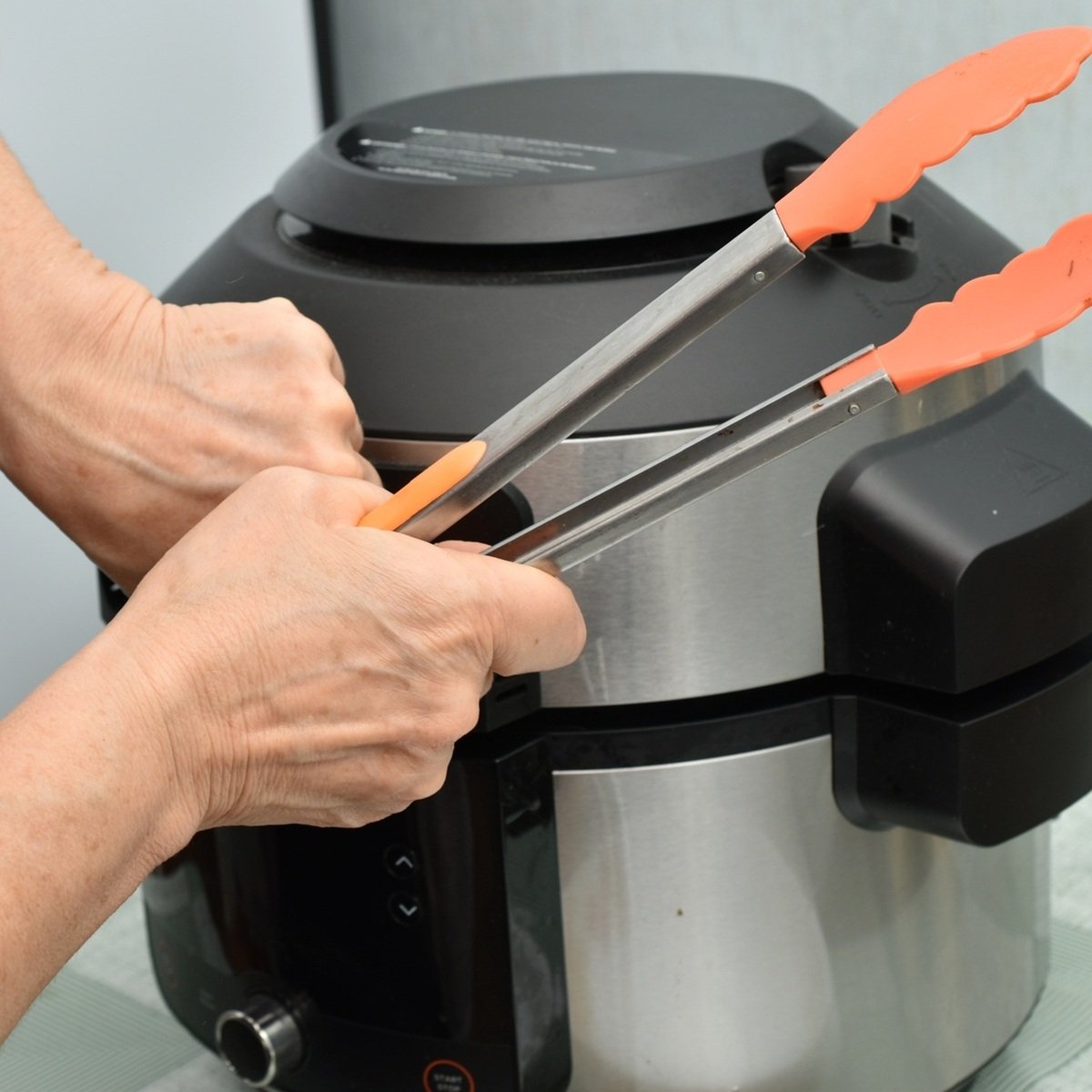
If you’ve recently found your Instant Pot making noise, you’re not alone. Many people are surprised the first time they hear a hissing sound, a clicking sound, or even a bit of rattling from their Instant Pot. At first, it might seem like something is wrong, but most of the time these sounds are a normal part of the pressure cooking process.
Still, there are moments when unusual noises can lead to safety concerns, wasted food, or a disrupted cooking cycle. This article will explain why your electric pressure cookers make sounds, which ones are completely normal, and which might indicate a problem that needs fixing. Read on for more!
Jump to:
How an Instant Pot Works
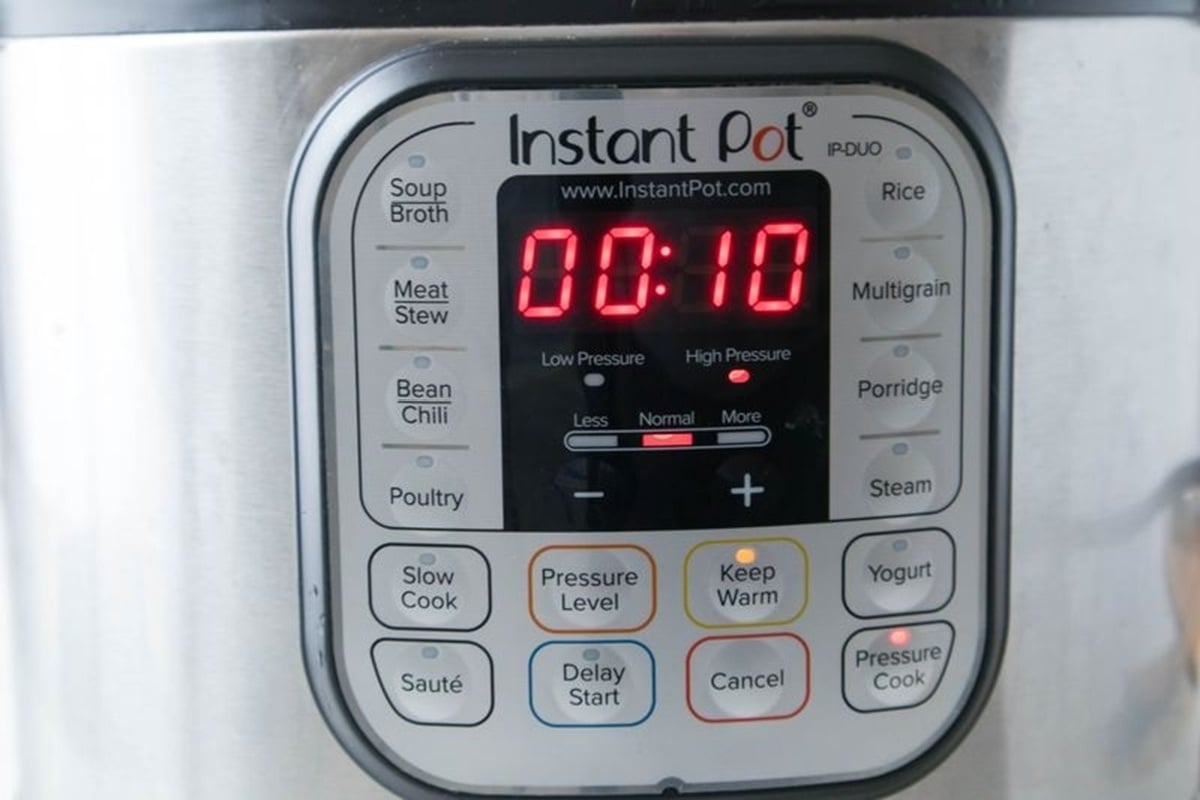
To understand the sounds, you first need to know how an Instant Pot works. Unlike traditional stovetop cookers, this modern pressure cooker uses a heating element at the bottom to bring the inner pot to a higher temperature. As the liquid inside heats up, moisture turns to steam, and the internal pressure begins to rise.
The lid locks in place with a sealing ring and other safety parts like the float valve and pressure valve. Once sealed, the cooker can reach a higher pressure than normal boiling. This raises the boiling point of water, allowing meat, soup, and other foods to cook faster and become tender and soft.
During this cooking process, the pot cycles through building pressure, maintaining it, and then releasing it. Each stage can cause different sounds—so the noises you hear usually tie back to the science of pressure cooking.
Common Noises and Their Meanings
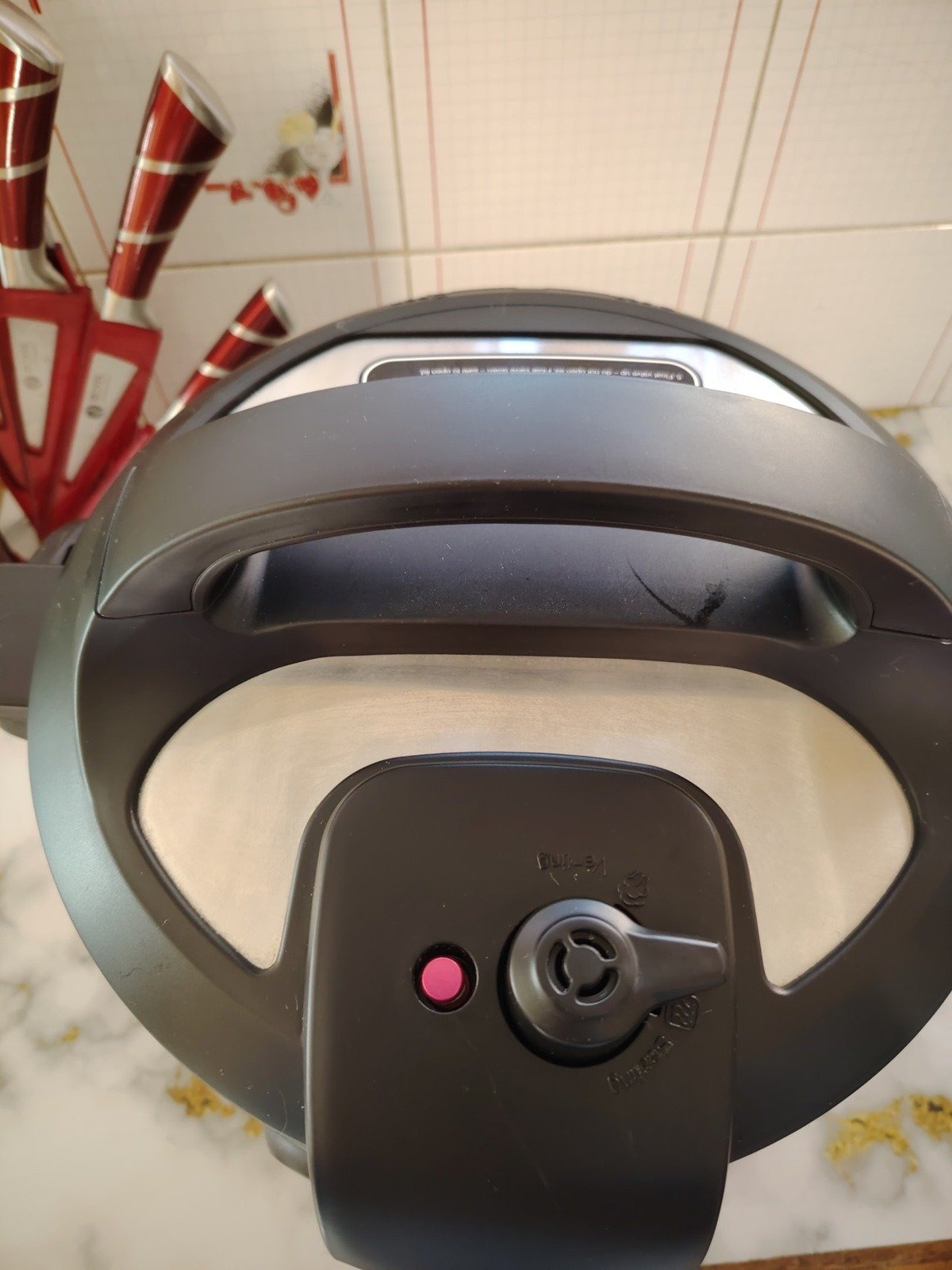
Let’s break down the most frequent sounds from your Instant Pot and what they usually mean.
Hissing Sound
A hissing sound is perhaps the most common. This happens when steam escaping through the steam release valve or steam release handle is perfectly normal. It’s how the cooker regulates excess pressure. However, if the noise is constant and loud, it could signal that the sealing ring isn’t in the right sealing position.
Clicking Sound
The clicking sound often puzzles new users. In reality, it’s the heating element switching on and off to keep the heat level steady. This is a completely normal part of the cooking cycle.
Beeping or Alerts
Modern models give off different beeps during the cooking process. You might hear them when you press buttons, when the pot reaches full pressure, or when the cook time has ended, and it’s time to start counting down.
Popping or Crackling
This noise often comes from droplets of moisture falling onto the hot heating element or when a bit of liquid splashes against the lid. It’s usually harmless but can be reduced with a careful clean.
Rattling or Vibrating
If the Instant Pot shakes or rattles, it might be sitting on an uneven counter, or excess pressure is moving through the release valve. Sometimes, a sealing ring that isn’t seated properly can contribute to this.
Roaring or Loud Escaping Steam
A strong, continuous release of steam can sound alarming. This can happen if the pressure valve is stuck open or the sealing is failing. In these cases, it’s worth checking for issues.
Why Noise Becomes Excessive
While most sounds are normal, certain conditions can make them louder than they should be.
- Loose or worn sealing ring – A stretched or damaged sealing ring can cause constant steam escaping.
- Float valve misalignment – If the float valve is dirty or blocked, the pressure inside won’t stay steady.
- Dirty release valve – The release valve or steam release valve can trap food particles, making noises irregular.
- Too much liquid – Overfilling can cause bubbling, boiling, and sputtering noises.
- Surface vibration – An unstable counter can amplify every sound.
- Age of parts – Older pots often need extra sealing rings or replacements to stay in good condition.
Troubleshooting Step by Step
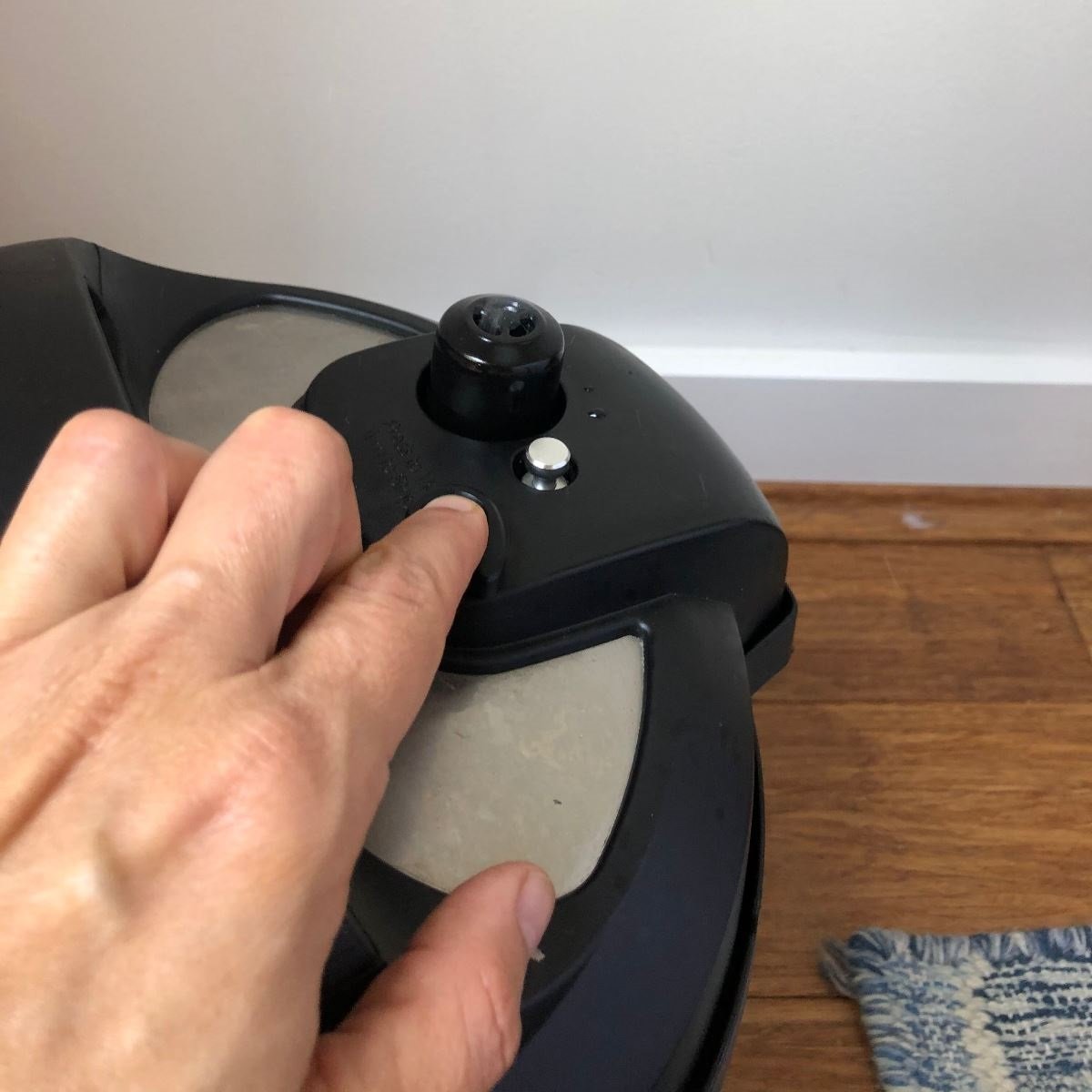
If the problem persists, here’s how you can track down the cause.
- Check the sealing ring – Make sure it’s seated properly, free of cracks, and not stretched. If worn, replace it.
- Examine the steam release valve – Move the steam release handle gently and clean it if clogged.
- Inspect the float valve – Ensure it can move freely and isn’t stuck with dried food.
- Clean the lid thoroughly – Remove debris with a damp cloth so the cooker can maintain pressure smoothly.
- Adjust liquid levels – Follow the user manual to avoid overfilling or underfilling. Both can cause unusual noises.
- Run a water test – Cook only liquid (plain water) to see if noises remain without food.
- Relocate the Instant Pot – Place the pot on a flat, stable surface to reduce rattling.
When Noise Is a Warning Sign
Sometimes, the sound isn’t just background—it’s a signal to stop cooking. You should be cautious if you notice:
- Constant, sharp hissing sound with steam escaping nonstop.
- Loud banging or rattling that feels unsafe.
- Continuous leak of steam around the lid.
- A burning smell along with unusual noises.
- Error codes on the display plus strange sound.
In these cases, cancel the cooking cycle, let the pot completely cool, and inspect. If the problem persists, reach out for further assistance from customer support.
Preventive Maintenance
Keeping your Instant Pot in good condition reduces both noise and risk.
- Replace the sealing ring every 12–18 months or keep extra sealing rings on hand.
- Wipe the lid and valves with a damp cloth after each use.
- Follow manual release or natural release instructions carefully to avoid damaging parts.
- Use the right cook time and liquid amounts as per the user manual.
- Store with the lid upside down so the sealing ring doesn’t stay compressed.
Also see: Instant Pot Lid Not Closing? (Common Issues and How to Fix It)
Normal vs. Abnormal Noises
Here’s a quick way to tell what’s safe and what needs checking:
- Normal: Gentle hissing, brief clicking sound, soft beeps during cooking cycle, minor crackling from condensation.
- Not Normal: Continuous whistling, roaring steam, strong vibrations, repeated leak of steam, or banging noises.
Understanding Pressure Release
The end of the cooking process is another time noises can occur. The user manual usually gives you two options:
- Natural release – Letting the unit completely cool and the pressure inside drop on its own. This makes less sound but takes longer, especially at sea level where boiling happens at a lower temperature.
- Quick release – Moving the steam release handle to vent steam rapidly. This creates a loud hissing sound but is often supposed to be that way. Always keep your hands safe and never block the steam path.
Choosing the right method depends on the food. Meat and soup often benefit from natural release to stay moist, while vegetables may do better with quick release.
FAQs
Yes, it’s normal for a small amount of steam to come out during the cooking process. The steam release valve and float valve help the pot maintain pressure and prevent excess pressure buildup. Constant heavy venting, though, may mean the sealing ring needs to be checked.
Rattling often happens when the unit is on an uneven counter, or if too much steam escaping causes vibration. Make sure the pot is on a flat surface, the lid is sealed, and the sealing ring is in good condition.
No. A loud hissing sound during quick release is supposed to happen because the steam release handle is venting full pressure rapidly. It can be noisy, but it’s safe as long as you keep hands and face away from the hot steam.
Final Thoughts
The Instant Pot making noise can feel worrying, especially when you’re new to pressure cooking. But remember, many of the sounds—from a light hissing to a gentle clicking sound—are perfectly normal. They’re part of how the pressure cooking process works.
So next time you hear your Instant Pot making noise, don’t panic. It’s usually just the cooking process at work, building internal pressure and getting your food ready faster than other cooking methods. Have fun!






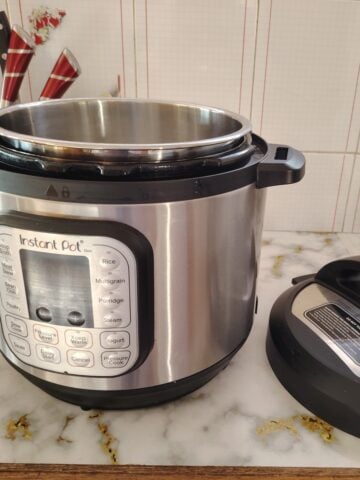



Leave a Reply